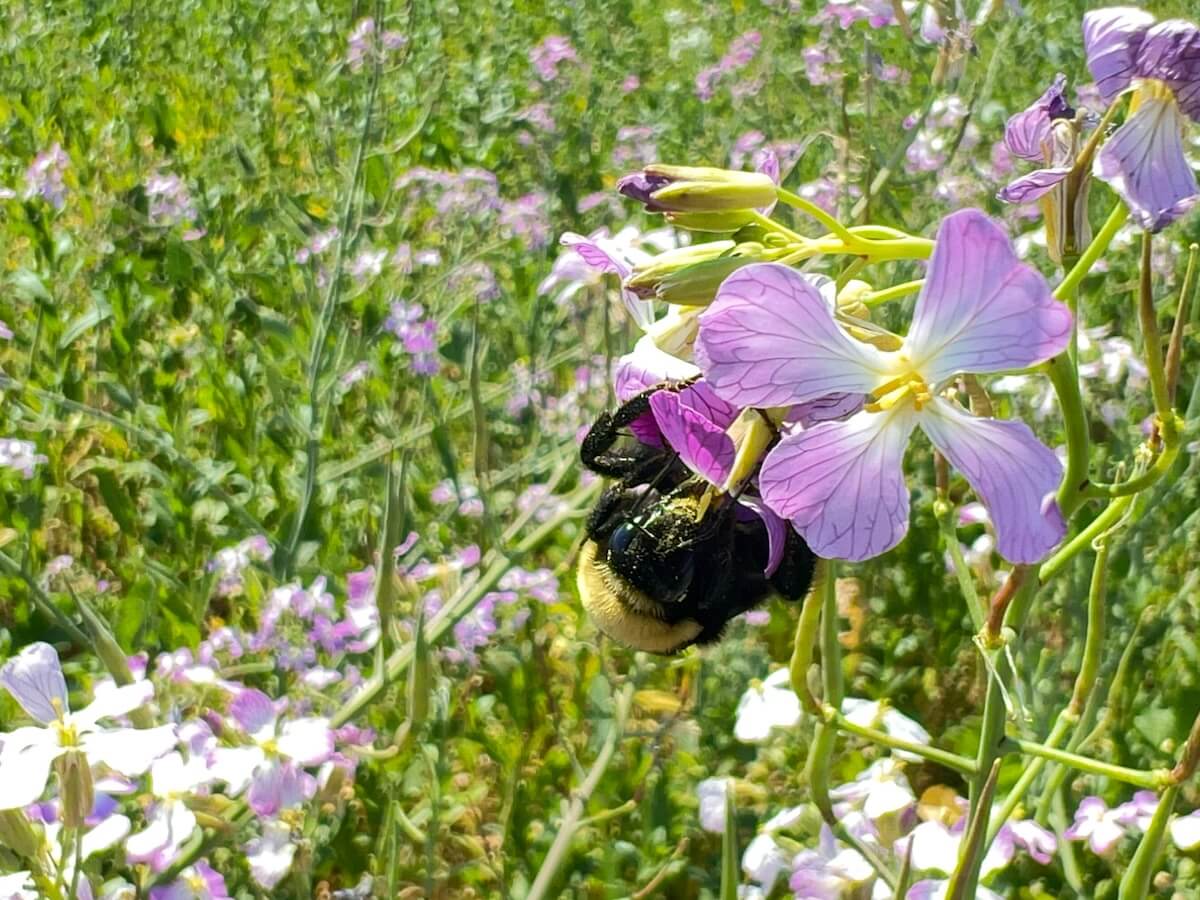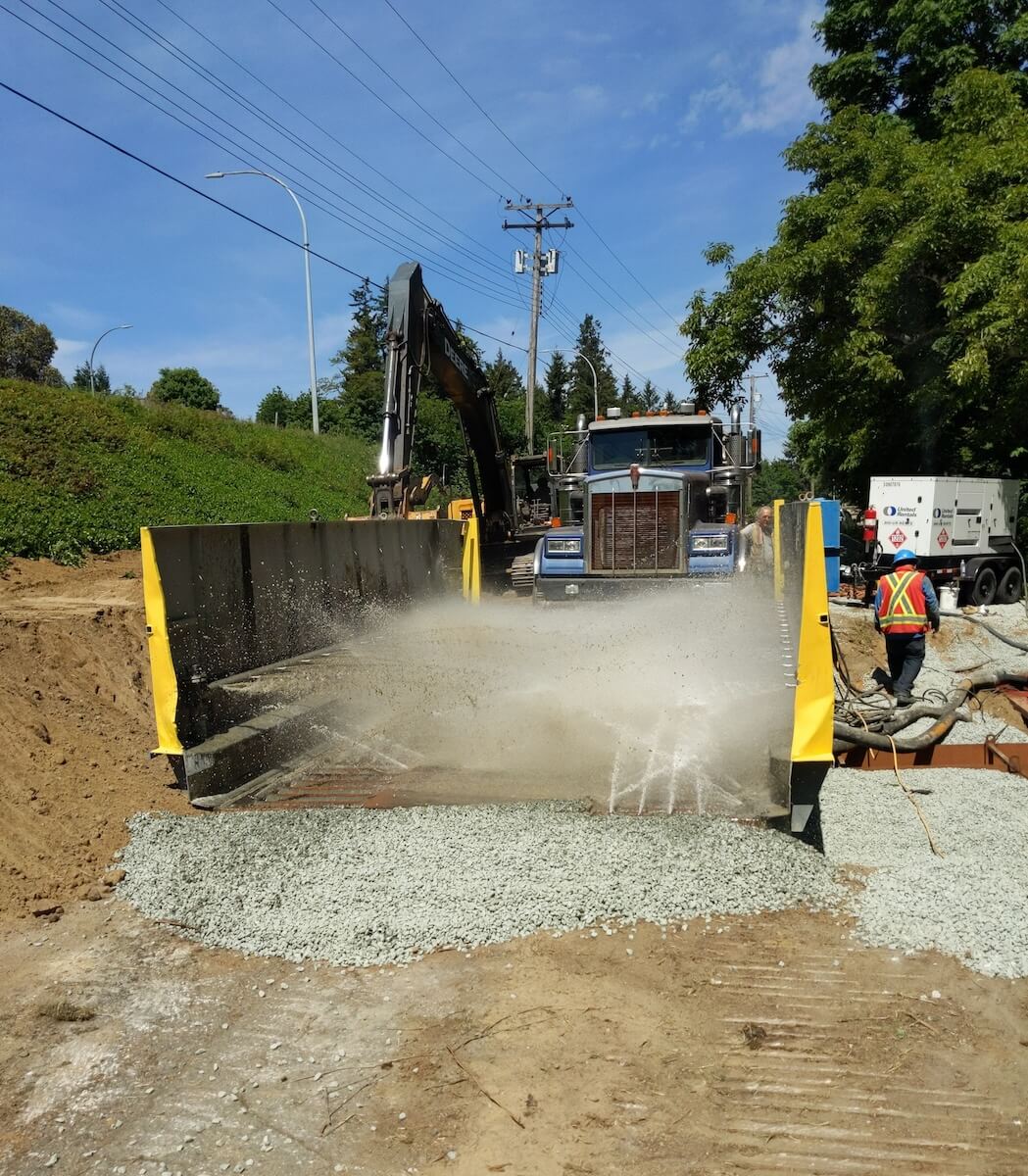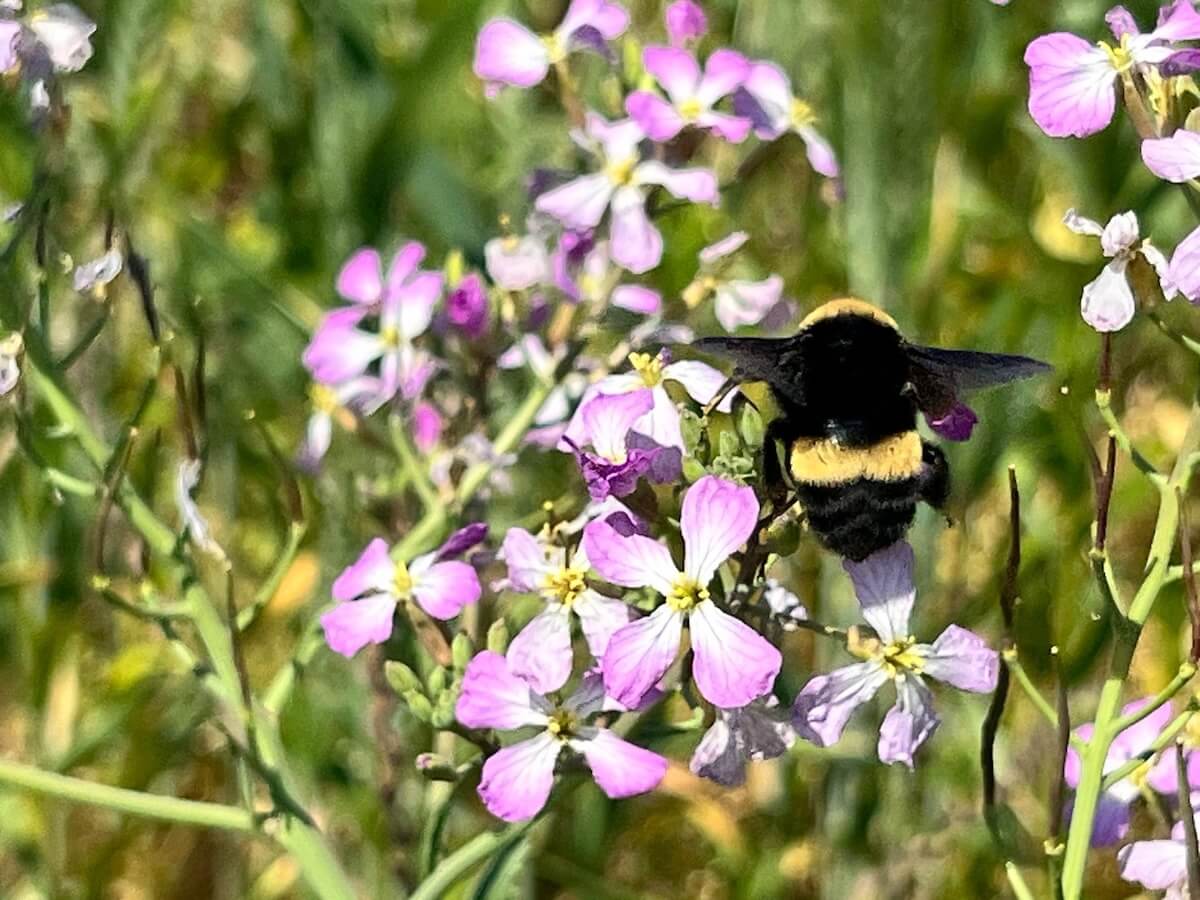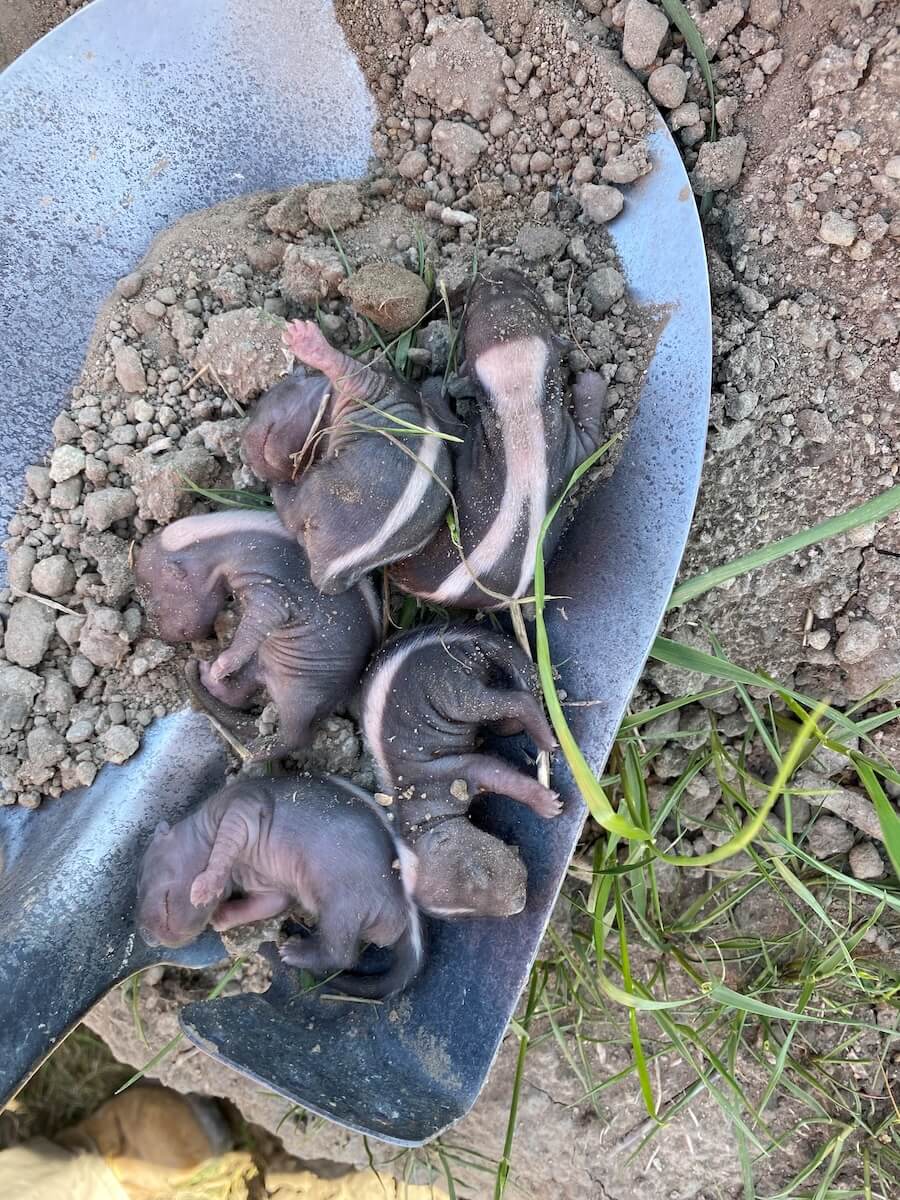Safety & Environment, Sustainability
Protecting Wildlife and Promoting Biodiversity at Flatiron

We’re committed to protecting the rich tapestry of life that sustains our planet. In recognition of Endangered Species Day, World Bee Day and International Day for Biological Diversity, we’re proud to share about what our teams are doing at projects across North America in line with our sustainability commitments.
Keating Cross Interchange Project
One of the key threats to biodiversity is the establishment of invasive species. Such species can outcompete other native species, eliminating them from an area. In some cases, they can also impact human well-being, a point driven home by a small agricultural pest species on Flatiron’s Keating Cross Interchange project in Canada.
The Keating Cross Interchange project lies within an important agricultural area, just north of Victoria, British Columbia, on Vancouver Island. An invasive species, the Golden Nematode, has become established in the soils in this area. Without a natural predator to limit it, it has become abundant and can devastate agricultural crops. Because a large part of this project involved excavation and transport of soil, this small pest species became a key environmental concern.
The project lands were under a quarantine because of this species, and most soils from these areas were required to be disposed of. We had a designated on site disposal for soils, no soils were hauled off site. The washing procedure was for equipment moving around the jobsite from high risk to low risk areas. Vegetative materials (brush/roots/stumps etc) had to be hauled to a designated landfill with the correct permit. Our Flatiron team developed a strict equipment wash protocol for any vehicles or heavy equipment leaving this area to avoid accidental transfer of soils or vegetation that might contain nematodes to adjacent “clean” areas. All equipment leaving areas of infection required washing and inspection by federal regulators – an obvious concern for a project with significant earthworks.
Working with the regulators to develop and inspect the wash station process, our team gained an approval to operate without inspection until a clean haul road could be established. This avoided daily inspections by the regulators before haul trucks leaves the site. The clean soil handling practices also avoided potential introduction of the nematode into adjacent lands which could have had significant ecological and agricultural impacts.
Thoughtful research and planning helped us protect biodiversity and the multiple benefits it provides, demonstrating a core value at Flatiron – accountability.

A wash station at the Keating Cross Interchange project
California High-Speed Rail Project
Our teams have spent tens of thousands of hours protecting endangered and threatened species at our California High-Speed Rail project.
The most recent focus has been on the Crotch’s Bumblebee, named after entomologist Dr. George Robert Crotch. Once a common sight in California’s Central Valley, in 2014 the Crotch’s Bumblebee was included as an endangered species under the International Union for Conservation of Nature Red List.
To protect these vital pollinators at our project, we conduct annual, multiple, protocol-level visual surveys for each area of suitable habitat by a resource agency-approved project biologist.
If a bee is identified onsite, it’s monitored to determine if the bee is foraging or if it returns to an underground nest. All work is stopped in the area of the Crotch’s Bumblebee until it leaves on its own accord.

The Crotch’s Bumblebee

On our projects, we make it a priority to protect all species like this brood of baby skunks that was recently relocated to safety.
Learn more about Flatiron’s sustainability commitments at flatironcorp.com/sustainability
